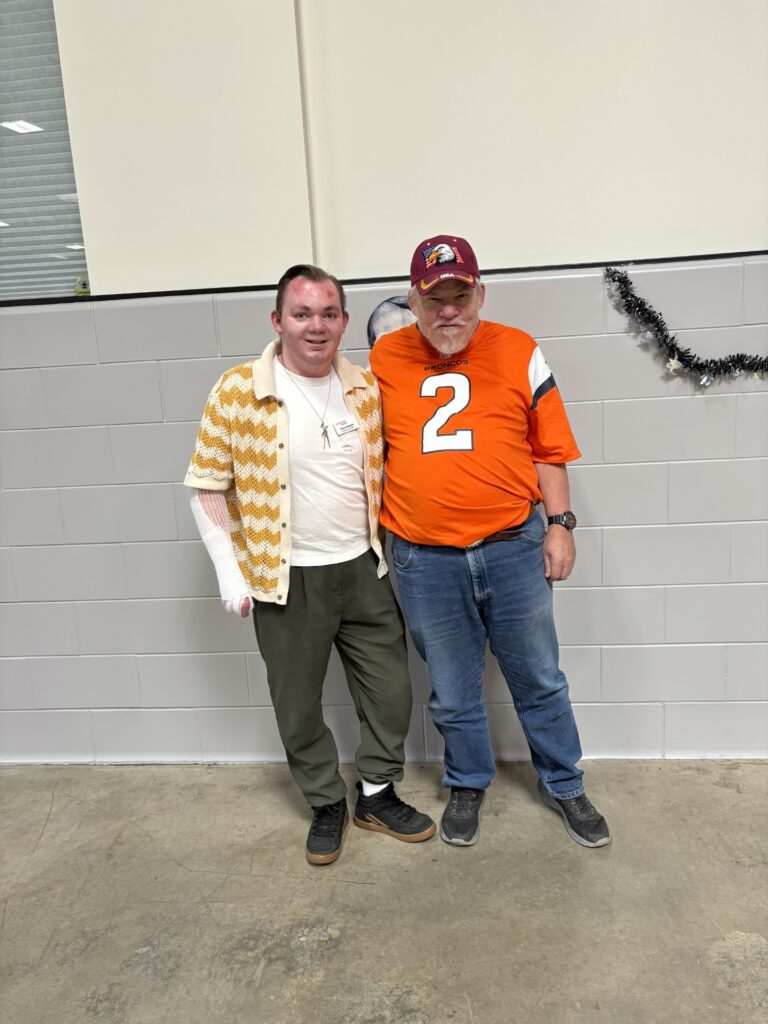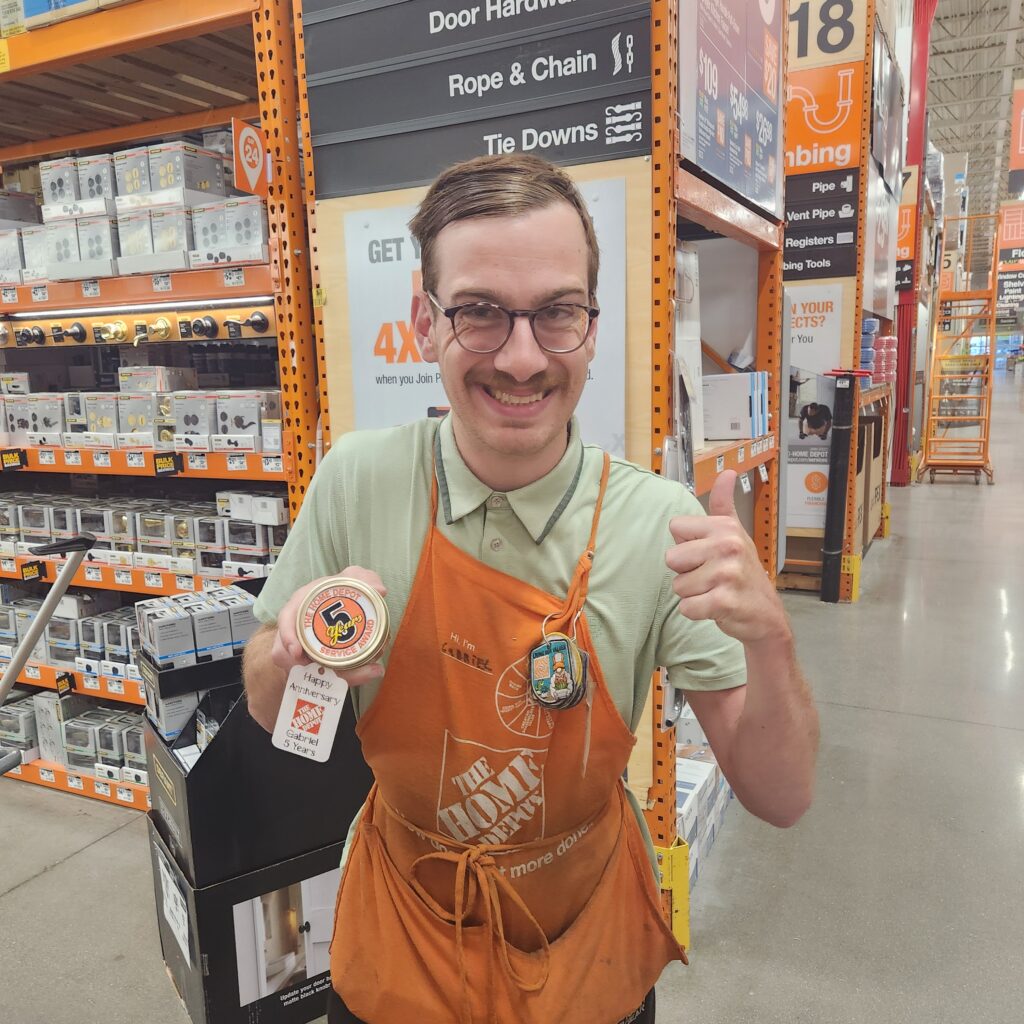
Understanding Post-Polio Syndrome
Post-polio syndrome (PPS) is a condition that affects polio survivors years after they've recovered from their initial bout with the disease. An interval of 30 to 40 years usually elapses before the first PPS symptoms occur, but intervals as short as eight years and as long as 71 years have been documented. Modern rehabilitation may restore individuals with post-polio to their regular level of functioning; it may also require that they return to or begin using braces, crutches, canes, wheelchairs and a variety of adaptive equipment.
Weakness is the general symptom of post-polio syndrome. Muscle strength decreases when the nerve supply to the muscle is reduced. Symptoms can appear in the muscles that were affected at the time polio was contracted or in previously unaffected areas. Most new pain problems in polio survivors result from repetitive strain injuries to weakened muscle fibers and muscular tissues.
Understand
- Post-polio syndrome is not a recurrence of the virus.
- The rest necessary to resolve pain and inflammation often leads to further weakness and atrophy. Thus, a vicious cycle of increasing weakness, increasing pain and increasing disability can result.
- Shrinking of muscle size and decreasing strength occurs very slowly, at a rate of 1 percent of muscle strength per year.
- Individuals with post-polio have less muscle reserve and may need more time to resume normal activity after surgery or severe illness.
- Family and friends should be supportive of lifestyle changes, accept the survivor's physical limitations and assist polio survivors in taking responsibility for their own care.
Causes
Aging of the previously damaged muscles and limbs and chronic strain of muscles whose strength was overestimated. (Post-polio survivors who consistently use remaining muscles at high intensity for many years are likely to develop Progressive Post-Polio Muscular Atrophy).
Medical problems unrelated to polio which may cause progression of post-polio weakness and lead to new symptoms.
Additional factors which contribute to late muscle deterioration include:
- Normal age related loss of motor nerve cells
- Environmental toxins which can hasten nerve degeneration
- Health problems, such as a heart condition, pneumonia, arthritis or a fracture
- Disuse atrophy, resulting from an age-related reduction in activity
Symptoms
- Unaccustomed muscle fatigue
- Significant fatigue after moderate exercise or activity
- Rapid muscle tiring or feelings of total body exhaustion
- Joint and/or muscle pain
- Arthritis in the back, wrist, hand and in joints of lower extremities; degenerative arthritis of the shoulder and carpal tunnel from canes and crutches
- Osteoarthritis of spine and peripheral joints, scoliosis, bursitis, tendonitis, myofascial pain syndrome, foot and toe deformities, and chronic pain from strain to back and neck muscles.
- Osteoporosis of spine and long bones. (Long bone fractures may occur with minimal stress.)
- Pain in the spine, lower back and upper limbs
- A "flu-like" aching in muscles
- Muscle weakness and/or loss of muscle use
- New muscle weakness, both in those muscles originally affected and those unaffected, increased weakness or pain, generalized fatigue, post-exercise weakness and/or pain, muscle twitching or muscle spasms. (These may be signs of overuse before lasting muscle weakness occurs.)
- Respiratory problems/breathing difficulties
- Morning headache or confusion, difficulty swallowing, shallow breathing patterns and breathlessness while speaking (Deteriorating respiratory muscles may require breathing aids.)
- Sleep problems such as insomnia, restless sleep, nightmares, sleep apnea (which can result from sever respiratory impairments)
Living with Post-Polio Syndrome
Since some medical professionals do not recognize the symptoms of PPS, it is very important that a general medical evaluation be done to exclude other conditions which may mimic post-polio syndrome.
Further diagnosis and treatment by a specialist may then be necessary. Specialists dealing with post-polio syndrome include neurologists, pulmonogists, physiatrists and orthopedists.
Managing Post-Polio Syndrome
- Pain and inflammation of muscles, joints and supportive tissues must be reduced through traditional therapy techniques.
- Any activity which is the source of repeated injury, muscle strain, cramping or persistent fatigue should be avoided.
- Polio survivors should exercise on a regular basis, including flexibility, strengthening and conditioning exercises into their regimen. Warm-water pools are especially helpful.
- Corrective shoes, canes, crutches and appropriate lower extremity bracing help prevent arthritis in the back and joints of the lower extremities
- Light leg braces, wide grips on wrists and hands and maintaining reasonable body weight reduce the danger of arthritis.
- Severely affected polio survivors should use wheelchairs or electric carts when traveling long distances.
- Psychological stress from the development of new impairments and disabilities is an important and real problem for polio survivors who experience the late effects of polio. Depression and anxiety may be secondary effects. Support groups can be helpful


 By Mids Meinberg
By Mids Meinberg By Mids Meinberg
By Mids Meinberg





Connect with us on social media